Category
Popular Articles
- AI (11)
- Android (35)
- App Suggest (4)
- Apple (6)
- Apple TV (2)
- Bluetooth (2)
- Cars (2)
- ChatGpt (1)
- Did you know? (1)
- E-Commerce News (1)
- Ecommerce Websites business (7)
- Electronics Shopping (5)
- Fashion Tips (3)
- Gaming (3)
- Google Gemini (3)
- Hair Care Tips (2)
- How to (13)
- iCloud (1)
- Infotainment System (1)
- Iphone (96)
- Job Posting (1)
- Lifestyle (3)
- Mac (19)
- Mobile Games (1)
- Netflix (1)
- Online Shopping Websites (2)
- Personal Finance Management (3)
- Product Reviews (3)
- Roku TV (4)
- Samsung (7)
- Shopping Tips (10)
- Tech (69)
- Windows 11 (4)
- Zero Waste (3)
Discounted Products
-
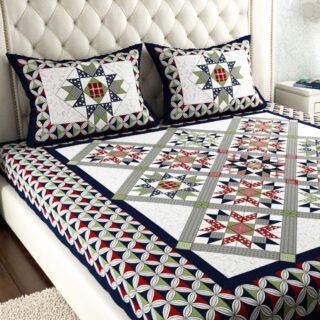 Leo Creation 144 TC Cotton Double Jaipuri Prints Flat Bedsheet(Pack of 1, Blue, Gree, Red, Grey, Light Grey)
Leo Creation 144 TC Cotton Double Jaipuri Prints Flat Bedsheet(Pack of 1, Blue, Gree, Red, Grey, Light Grey)
₹2,999.00Original price was: ₹2,999.00.₹329.00Current price is: ₹329.00. -
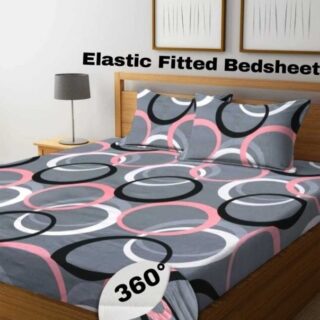 Home Garage 210 TC Cotton King Floral Fitted (Elastic) Bedsheet(Pack of 1, Grey)
Home Garage 210 TC Cotton King Floral Fitted (Elastic) Bedsheet(Pack of 1, Grey)
₹999.00Original price was: ₹999.00.₹299.00Current price is: ₹299.00. -
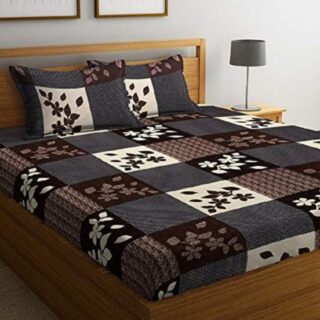 Goodrik 140 TC Cotton Double 3D Printed Flat Bedsheet(Pack of 1, Brown)
Goodrik 140 TC Cotton Double 3D Printed Flat Bedsheet(Pack of 1, Brown)
₹499.00Original price was: ₹499.00.₹229.00Current price is: ₹229.00. -
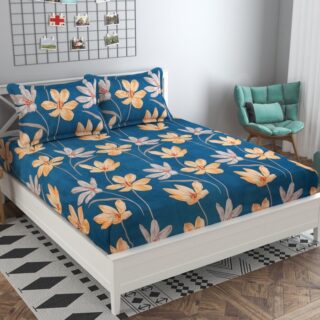 GLOBALSHOP 350 TC Microfiber Double Floral Flat Bedsheet(Pack of 1, Multicolor)
GLOBALSHOP 350 TC Microfiber Double Floral Flat Bedsheet(Pack of 1, Multicolor)
₹1,250.00Original price was: ₹1,250.00.₹263.00Current price is: ₹263.00. -
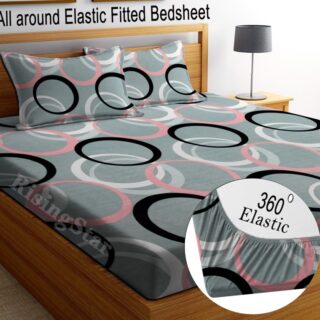 RisingStar 250 TC Microfiber King Printed Fitted (Elastic) Bedsheet(Pack of 1, FITTED-ROUND-CIRCLES-PREMIUM)
RisingStar 250 TC Microfiber King Printed Fitted (Elastic) Bedsheet(Pack of 1, FITTED-ROUND-CIRCLES-PREMIUM)
₹2,299.00Original price was: ₹2,299.00.₹299.00Current price is: ₹299.00. -
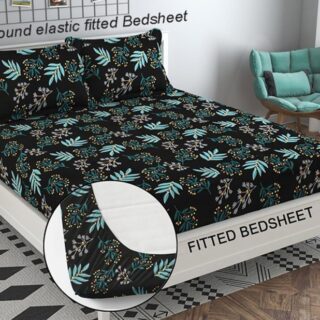 Home Garage 210 TC Cotton King Floral Fitted (Elastic) Bedsheet(Pack of 1, Fitted Black Green)
Home Garage 210 TC Cotton King Floral Fitted (Elastic) Bedsheet(Pack of 1, Fitted Black Green)
₹1,299.00Original price was: ₹1,299.00.₹299.00Current price is: ₹299.00. -
 Home Garage 180 TC Cotton King 3D Printed Flat Bedsheet(Pack of 1, White)
Home Garage 180 TC Cotton King 3D Printed Flat Bedsheet(Pack of 1, White)
₹999.00Original price was: ₹999.00.₹229.00Current price is: ₹229.00. -
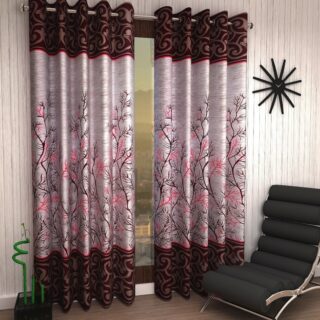 Home Sizzler 153 cm (5 ft) Polyester Room Darkening Window Curtain (Pack Of 2)(Floral, Maroon)
Home Sizzler 153 cm (5 ft) Polyester Room Darkening Window Curtain (Pack Of 2)(Floral, Maroon)
₹799.00Original price was: ₹799.00.₹299.00Current price is: ₹299.00. -
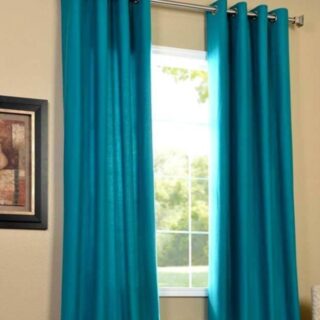 Panipat Textile Hub 152.4 cm (5 ft) Polyester Window Curtain (Pack Of 2)(Solid, Aqua)
Panipat Textile Hub 152.4 cm (5 ft) Polyester Window Curtain (Pack Of 2)(Solid, Aqua)
₹1,899.00Original price was: ₹1,899.00.₹299.00Current price is: ₹299.00. -
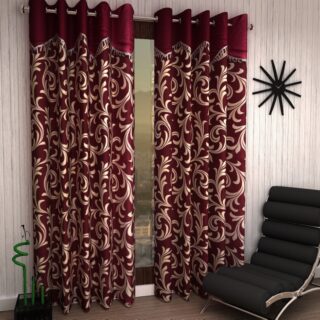 Home Sizzler 214 cm (7 ft) Polyester Semi Transparent Door Curtain (Pack Of 2)(Floral, Maroon)
Home Sizzler 214 cm (7 ft) Polyester Semi Transparent Door Curtain (Pack Of 2)(Floral, Maroon)
₹1,199.00Original price was: ₹1,199.00.₹399.00Current price is: ₹399.00. -
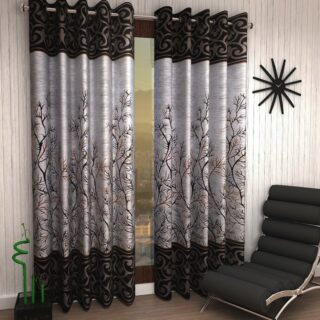 Home Sizzler 153 cm (5 ft) Polyester Room Darkening Window Curtain (Pack Of 2)(Floral, Brown)
Home Sizzler 153 cm (5 ft) Polyester Room Darkening Window Curtain (Pack Of 2)(Floral, Brown)
₹799.00Original price was: ₹799.00.₹299.00Current price is: ₹299.00. -
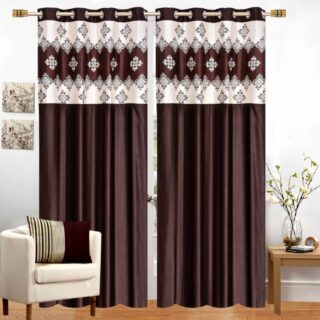 Stella Creations 214 cm (7 ft) Polyester Room Darkening Door Curtain (Pack Of 2)(Abstract, Brown)
Stella Creations 214 cm (7 ft) Polyester Room Darkening Door Curtain (Pack Of 2)(Abstract, Brown)
₹1,299.00Original price was: ₹1,299.00.₹449.00Current price is: ₹449.00. -
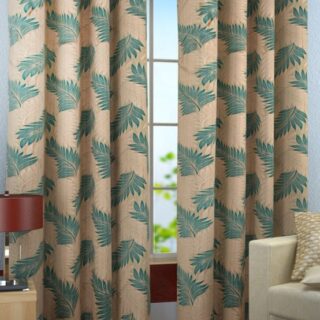 Homefab India 152.5 cm (5 ft) Polyester Room Darkening Window Curtain (Pack Of 2)(Floral, Light Blue)
Homefab India 152.5 cm (5 ft) Polyester Room Darkening Window Curtain (Pack Of 2)(Floral, Light Blue)
₹1,199.00Original price was: ₹1,199.00.₹319.00Current price is: ₹319.00. -
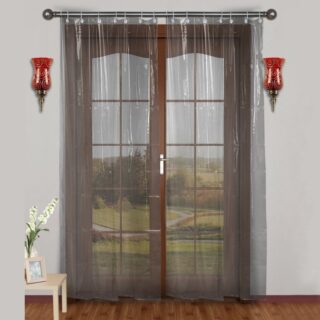 Urban Home 214 cm (7 ft) PVC Transparent Door Curtain Single Curtain(Solid, Off White)
Urban Home 214 cm (7 ft) PVC Transparent Door Curtain Single Curtain(Solid, Off White)
₹699.00Original price was: ₹699.00.₹203.00Current price is: ₹203.00. -
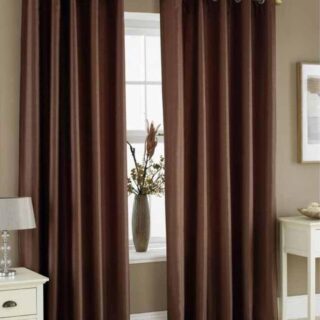 Panipat Textile Hub 213 cm (7 ft) Polyester Door Curtain (Pack Of 2)(Solid, Brown)
Panipat Textile Hub 213 cm (7 ft) Polyester Door Curtain (Pack Of 2)(Solid, Brown)
₹1,199.00Original price was: ₹1,199.00.₹349.00Current price is: ₹349.00.
Affiliate Links
Promotion

Hi everyone, Jessica here! As someone who juggles between working on presentations for my marketing role, helping my kids with school projects, and managing home tasks, I often connect my Windows laptop to an external monitor, projector, or TV. If you’ve ever pressed Windows + P on your keyboard, you’ve probably seen the options: PC Screen Only, Duplicate, Extend, and Second Screen Only.
When I first started using these, I wasn’t sure which one to pick for different scenarios. Over time, I’ve learned that each option serves a specific purpose. So, let’s break them down together in simple terms so you can make the most of your screen setup.
What Does Screen Projection Mean?
Screen projection (or display projection) is when you connect your computer to an external display, like a monitor, TV, or projector. Windows 10 and Windows 11 make it super easy with the shortcut Windows + P, which quickly lets you switch between display modes.
The three most commonly used options are:
- PC Screen Only
- Duplicate
- Extend
Each works differently and is useful in different situations. Let’s dive in!
1. PC Screen Only
This option means your laptop or main PC screen is the only active display. The connected external screen (monitor or projector) will stay blank.
When to use it:
- Personal work sessions: If I’m writing a blog, doing light research, or checking emails, I don’t always need my external monitor.
- Privacy situations: Imagine you’re in a meeting but don’t want others to see your desktop or notes—you can keep the content only on your laptop screen.
- Saving power: If you’re running on battery, using just one screen consumes less energy.
Pros:
- Saves battery and resources.
- Maintains privacy.
- Keeps things simple.
Cons:
- Limits multitasking.
- Doesn’t make use of that nice big external display you may have.
2. Duplicate
As the name suggests, this option mirrors your PC screen onto the external display. Whatever you see on your laptop will be exactly the same on the projector, monitor, or TV.
When to use it:
- Presentations: I use this all the time during client meetings. My slides show up both on my laptop and the projector so I can face the audience while also keeping track of my notes.
- Teaching or training: If you’re demonstrating software, showing students how to solve problems, or guiding kids with learning apps, duplication makes sure everyone sees exactly what you see.
- Watching with others: Perfect if you want to watch a movie with your family by duplicating your laptop screen onto a bigger TV.
Pros:
- Easy to set up and understand.
- Everyone sees the same thing.
- Great for collaboration, training, and presentations.
Cons:
- Doesn’t expand your workspace.
- Resolution may adjust to match the external screen, which can lower quality.
3. Extend
This is my favorite option for productivity. Extend treats your second display as an extension of your first screen, creating one big workspace across two monitors.
When to use it:
- Work multitasking: I often keep my email or research material on my laptop screen while I work on a presentation or blog draft on the external monitor.
- Creative tasks: Designers, video editors, and even gamers love this feature because you can spread out different tools and windows across both screens.
- Virtual meetings: Keep Zoom or Teams on one screen while taking notes or referencing documents on the other.
Pros:
- Increases productivity by giving you more screen real estate.
- Lets you drag and drop between screens.
- Each screen can run a different app or window.
Cons:
- Takes time to get used to moving windows across screens.
- Can be confusing if monitors have different resolutions.
Quick Tip: Adjusting Display Settings
After choosing Duplicate or Extend, it’s worth adjusting your display settings:
- Right-click on the desktop → select Display settings.
- Arrange the screens by dragging them in the right order (so your cursor moves naturally between them).
- Adjust scaling and resolution for clarity.
This is especially helpful if your laptop screen is smaller and your external monitor is much larger.
Practical Examples
Here’s how I personally use these options:
- PC Screen Only: Early mornings when I’m journaling or writing privately.
- Duplicate: Marketing presentations at work or helping my kids’ teachers during PTA events with slides.
- Extend: Every day when I’m working from home—I keep Slack and email open on one screen, while editing reports or writing blogs on the other.
This flexibility really makes a difference in productivity and comfort.
Common Mistakes to Avoid
- Choosing the wrong mode during a presentation: Once, I accidentally used Extend instead of Duplicate, and the audience saw only my desktop wallpaper instead of slides. Double-check before presenting!
- Forgetting cable compatibility: HDMI, DisplayPort, and USB-C all work, but make sure you have the right adapter if needed.
- Ignoring resolution settings: A blurry external screen often just means you need to adjust the resolution.
Final Thoughts
Learning the difference between PC Screen Only, Duplicate, and Extend makes connecting your laptop to another display so much easier. For everyday solo work, PC Screen Only is simple. For presentations and group sharing, Duplicate is the way to go. But if you want to maximize productivity (like I do while balancing work and family), Extend is truly a game-changer.
So the next time you press Windows + P, think about what you’re trying to do, and choose the mode that works best for you. It’s a small shortcut, but it can transform how you use your PC every single day.
Written by Bazaronweb
Latest Tech Articles
- How to see sofas, tables, and lamps in your actual living room before you click “buy”

- M5 Chip Unleashed: How Apple’s New Silicon is Revolutionizing On-Device AI

- iPhone 17 vs. iPhone Air: The Ultimate Specs Showdown (And Why I’m Already Eyeing the Trade-In Button)

- 5 Powerful Cybersecurity Apps Every Computer User Needs in 2026

- The 6 Most Reliable Laptop Brands in 2026: A Data-Backed Breakdown

Products
-
![Apple Watch Ultra 3 [GPS + Cellular 49mm] Running & Multisport Smartwatch w/Rugged Titanium Case w/Black Titanium Milanese Loop - M. Satellite Communications, Advanced Health & Fitness Tracking](https://bazaronweb.com/retailstores/wp-content/uploads/2025/09/apple-watch-320x320.jpg) Apple Watch Ultra 3 [GPS + Cellular 49mm] Running & Multisport Smartwatch w/Rugged Titanium Case w/Black Titanium Milanese Loop - M. Satellite Communications, Advanced Health & Fitness Tracking
Apple Watch Ultra 3 [GPS + Cellular 49mm] Running & Multisport Smartwatch w/Rugged Titanium Case w/Black Titanium Milanese Loop - M. Satellite Communications, Advanced Health & Fitness Tracking
-
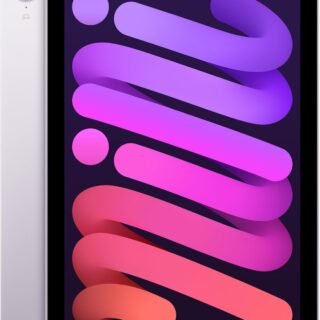 Apple iPad mini (A17 Pro): Apple Intelligence, 8.3-inch Liquid Retina Display, 256GB, Wi-Fi 6E, 12MP Front/12MP Back Camera, Touch ID, All-Day Battery Life — Purple
Apple iPad mini (A17 Pro): Apple Intelligence, 8.3-inch Liquid Retina Display, 256GB, Wi-Fi 6E, 12MP Front/12MP Back Camera, Touch ID, All-Day Battery Life — Purple
-
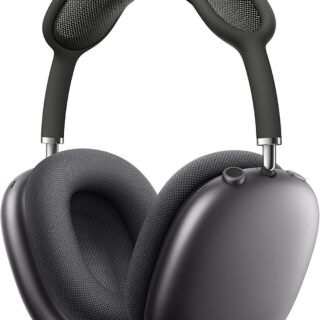 Apple AirPods Max Wireless Over-Ear Headphones, Active Noise Cancelling, Transparency Mode, Personalized Spatial Audio, Dolby Atmos, Bluetooth Headphones for iPhone – Space Gray
Apple AirPods Max Wireless Over-Ear Headphones, Active Noise Cancelling, Transparency Mode, Personalized Spatial Audio, Dolby Atmos, Bluetooth Headphones for iPhone – Space Gray
-
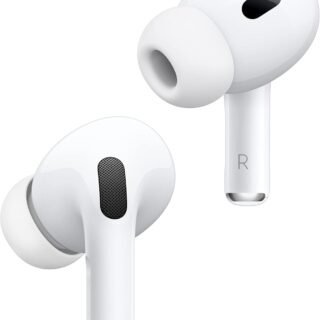 Apple AirPods Pro 2 Wireless Earbuds, Active Noise Cancellation, Hearing Aid Feature, Bluetooth Headphones, Transparency, Personalized Spatial Audio, High-Fidelity Sound, H2 Chip, USB-C Charging
Apple AirPods Pro 2 Wireless Earbuds, Active Noise Cancellation, Hearing Aid Feature, Bluetooth Headphones, Transparency, Personalized Spatial Audio, High-Fidelity Sound, H2 Chip, USB-C Charging
-
 Leo Creation 144 TC Cotton Double Jaipuri Prints Flat Bedsheet(Pack of 1, Blue, Gree, Red, Grey, Light Grey)
Leo Creation 144 TC Cotton Double Jaipuri Prints Flat Bedsheet(Pack of 1, Blue, Gree, Red, Grey, Light Grey)
₹2,999.00Original price was: ₹2,999.00.₹329.00Current price is: ₹329.00.
Leave a Reply